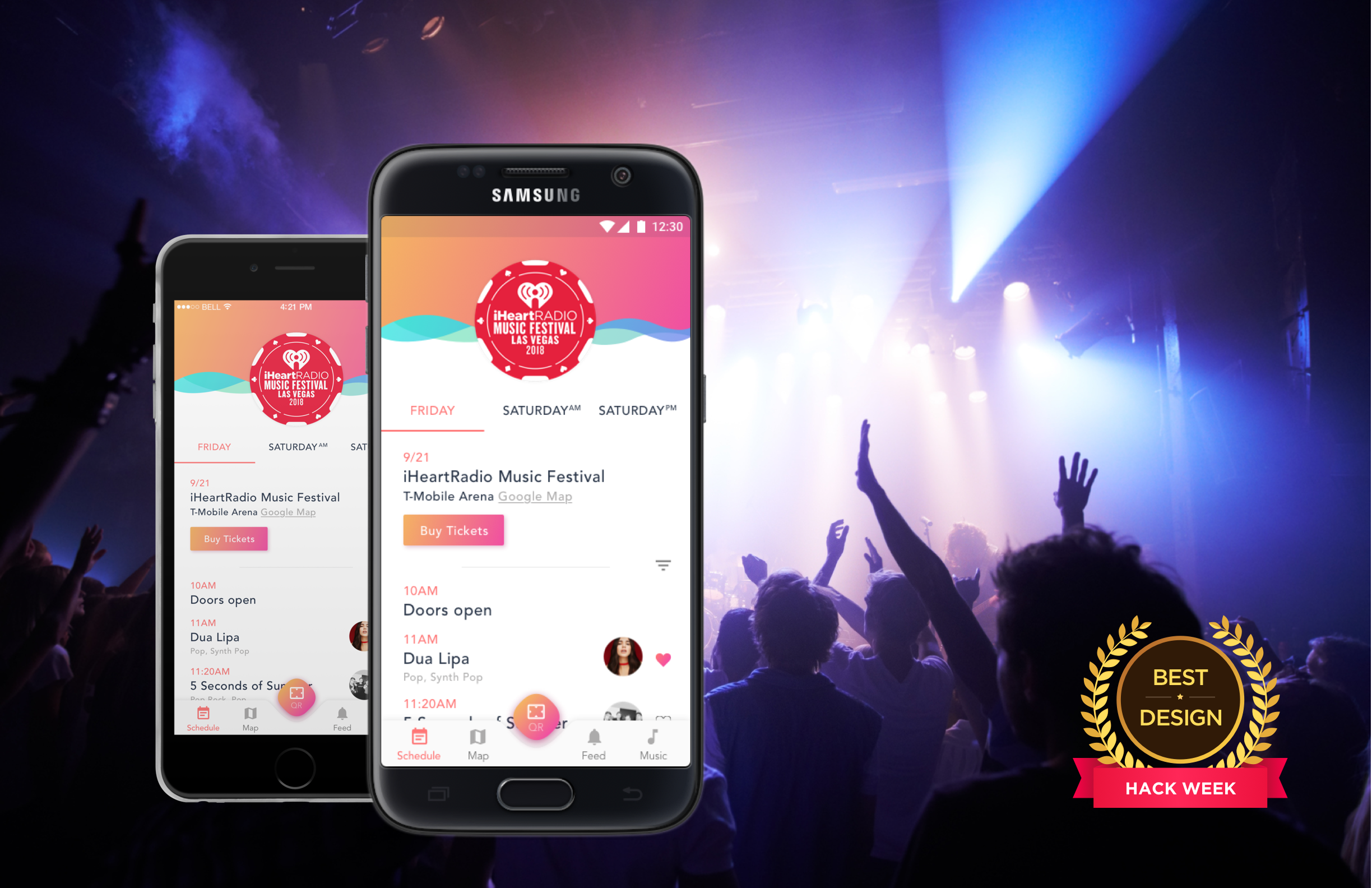
iHeartRadio Music Festival

Be a part of what’s going on.
iHeartRadio Music Festival App
iHeartRadio is well-known for live events, with one of them surpassing social media impressions of the Academy Awards by over 550 times in 2017. This event is the iHeartRadio Music Festival.
It is a multi-concert event, composed of Daytime Stage (Saturday morning until evening) and the iHeartRadio Music Festival (Friday and Saturday night), taking place in 2 different locations in Las Vegas. It was originally created to build awareness of iHeartRadio, and to truly connect artists with their fans. While this music festival has made unparalleled impressions in the social media space, there was still an incredibly large opportunity to improve and seamlessly connect the user experience - online/offline, before, during, and after the event. In June of 2018, I teamed up with developers, Jonathan Muller and Sergio Teran, and project manager Savanna Rovira, for Hack Week (5-day company-wide competition) to work on exciting solutions, which led to winning the Best Design Award.
PROJECT ROLE
• Sole UX Designer
• Sole UI Designer
TOOLS I USED
• InVision
• Sketch
• Whiteboard
• Zeplin
SKILLS I USED
• Competitive Research
• Whiteboarding
• Conceptualization
• Stakeholder Interview
• UI Design
To view this project as a presentation, click here.
Job Story
When I am going to the iHeartRadio Music Festival, I want to be ready to see my favorite artists perform, and be exposed to exciting new music, so that I can have a successful experience at the music festival.
Research
As a pop culture defining activity, live music is a multi-billion dollar growing industry. In the US, Nielsen Insights found that adults 18+ who have attended at least 1 concert or festival in the past year contribute 60% of their average annual music expense towards live events. Out of all the ways consumers spend money on music, buying tickets to live music events accounted for the largest sector by far. According to Statista, the US live music industry revenue in 2015 is 9.28 billion dollars, and has been projected to reach 11.99 million in 2021. Between 2015 and 2017, music festivals had a 145% growth rate.
Many well-known music festivals have invested in mobile apps for their events, such as Lollapalooza, Coachella, Bonnaroo, Glastonbury, Austin City Limits, Tomorrowland, Ultra, Electric Daisy Carnival, Outside Lands, Firefly, SXSW, Creamfields - just to name a few.
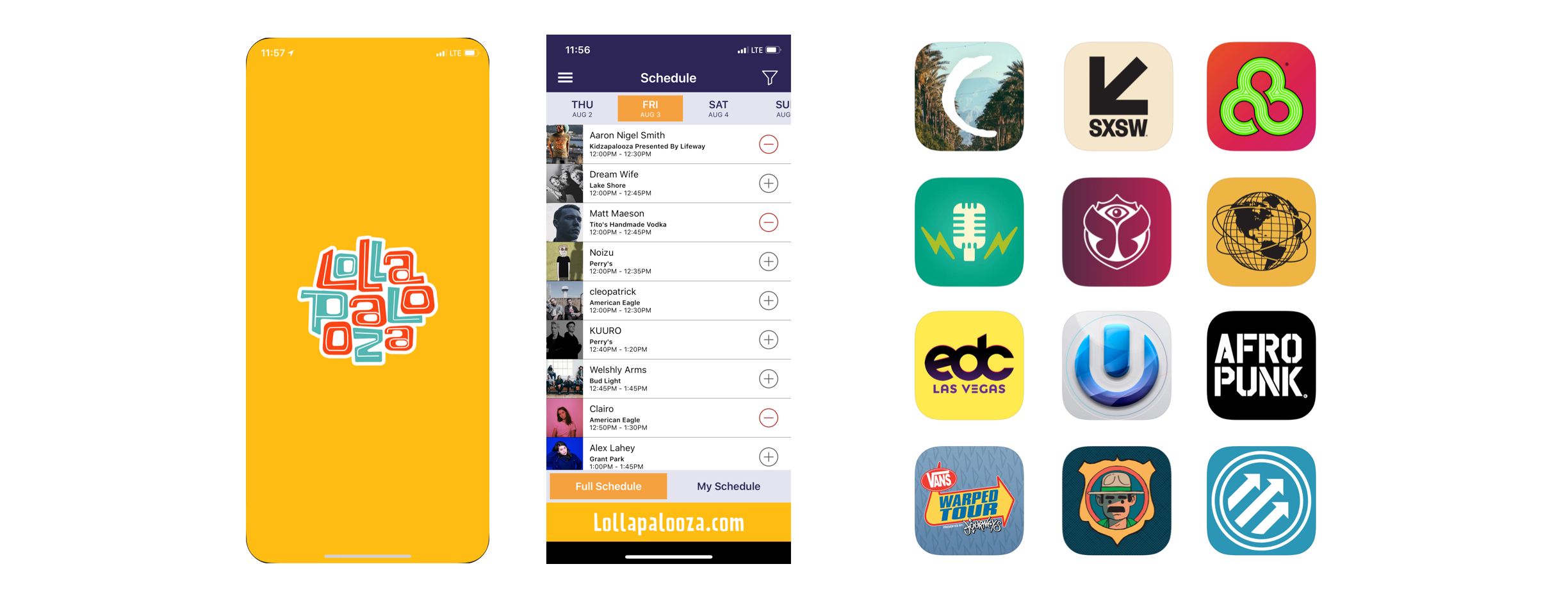
iHeartRadio does not have any mobile apps for the iHeartRadio Music Festival or other popular iHeartRadio live events. The closest product that exists is the iHeartRadio Wango Tango app, created by a third-party agency. As shown below, the app could use some improvements to make the information architecture and UI more user-friendly, ergonomic, follow common mobile patterns better, and resonate with the target audience more through its visual language.
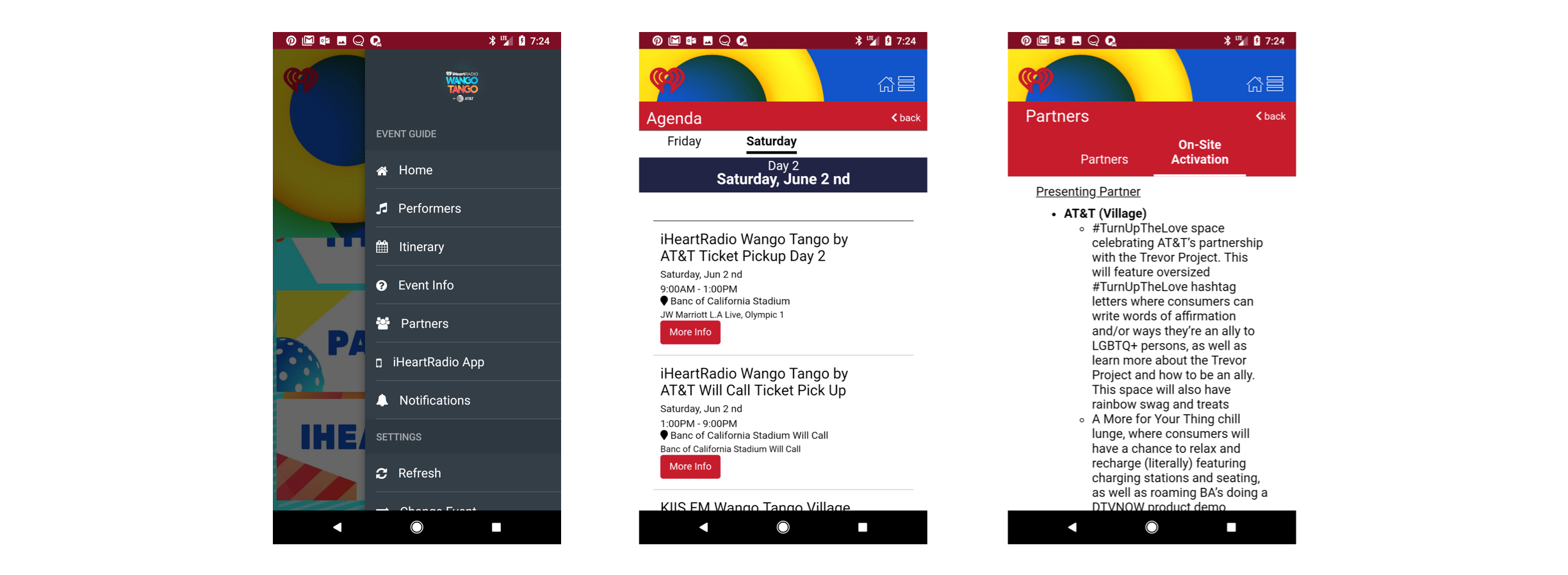
Figure 1. The current Wango Tango app.
Problem
As of June 2018, the iHeartRadio’s flagship app has extremely little content related to the iHeartRadio Music Festival - such as how to win or buy the tickets, full details about the festival event, etc. The user might hear about the event through radio, social media, or word of mouth, but once interested in learning more about the event, there is a disconnected experience from obtaining event details, to purchasing tickets, to getting ready for the event, or use cases that arise during and after the event. Without tackling these pain points, there is a missed opportunity to maximize consumer engagement at the right place, at the right time. iHeartRadio does have a website for the music festival, but it is not mobile friendly, and it is pertinent that there is a mobile experience which addresses major user needs and pain points, especially since the target audience spends a vast amount of their time on mobile devices.
Target Audience
To understand the target audience in more depth, about 32 million attend at least one festival each year in the US, according to Nielsen’s Audience Insights Report on Music Festivals. Almost half are between ages 18 and 34, evenly split among men and women, and many are either Hispanics or African-Americans.
Why focus on this demographic area? These festival fans are truly dedicated to being part of pop culture defining events. They will travel about 903 miles to attend a music festival, and one in three festival attendee will go to more than one festival per year. They also spend an average of $207 a year on live events, streaming, and digital music, as opposed to the general population which spends only an average of $156 per year. In addition, when they become interested in a live event, nearly one third will immediately buy admission tickets during the pre-sale period.
While these millenials are twice as likely to be on Facebook than the typical US consumer, there is a much higher chance that they will purchase digital music, in comparison to the average US consumer. Even while attending live events, they are also highly engaged across many social networks. On average, they are likely to use various social media three times a day or more.
Challenges and Limitations
1. Since the iHeartRadio Music Festival was 3 months from the time we worked on this Hack Week project, we needed to keep the app simple enough so that in case our app was chosen to go into production, we can easily implement it just in time for the event in September 2018.
2. The developers wanted to explore using a new software called Flutter (hence, our team name, “Flutterfest”). Flutter is an open-source mobile app development SDK created by Google, which runs on both Android and iOS. Since this software was new to the team, we anticipated a learning curve and time for learning its capabilities, while this competition spans only 5 days long. A completed, functional, prototype was expected to be delivered and presented by the end of the competition.
3. On our team, some of us have attended part of the iHeartRadio Music Festival in Las Vegas, but none of us have attended the Daytime Stage event. None of us have had the experience to purchase the tickets online either, so we needed to obtain as much information as possible in regards to all of these user paths, user pain points, and business goals before we start conceptualizing.
The Process
Stakeholder Interviews
To get a better understanding of user pain points and business goals, the team scheduled a couple interviews with the stakeholders who may have this type of information. Through this interview, we were able to clarify our understanding of the festival better. For example:
- The festival program is broken into three parts: nighttime Friday (iHeartRadio Music Festival), daytime Saturday (Daytime Stage), and nighttime Saturday (iHeartRadio Music Festival). The Daytime Stage is 3 miles from the main event, outdoors, while the main event is indoors.
- The tickets to each of the three parts of the festival must be bought separately; even if the user is attending the iHRMF for Friday and Saturday night, they must purchase 2 individual tickets.
- Tickets for iHRMF is only available on AXS.com.
- Tickets for the Daytime Stage is only available on Ticketmaster.com.
- Daytime Stage attracts a younger audience, though probably not many under 12
- RFID wristbands are used to get into events
- Activation Booths are like mini activities at the festival. They can be indoor or outdoor, geared towards sponsors. Users can win free promotional items, sweepstakes, access to VIP performances, and more.
- User feedback is collected through a survey after the event.
We also learned what goals stakeholders need to meet each year, and exchanged ideas on what could/should be included for the app.
brainstorming
After gathering enough information from stakeholders and our users, we got together to define the purpose of the app, how should it fit into a concert goer’s user journey path, the pain points, hierarchy of content, structure of the UI.
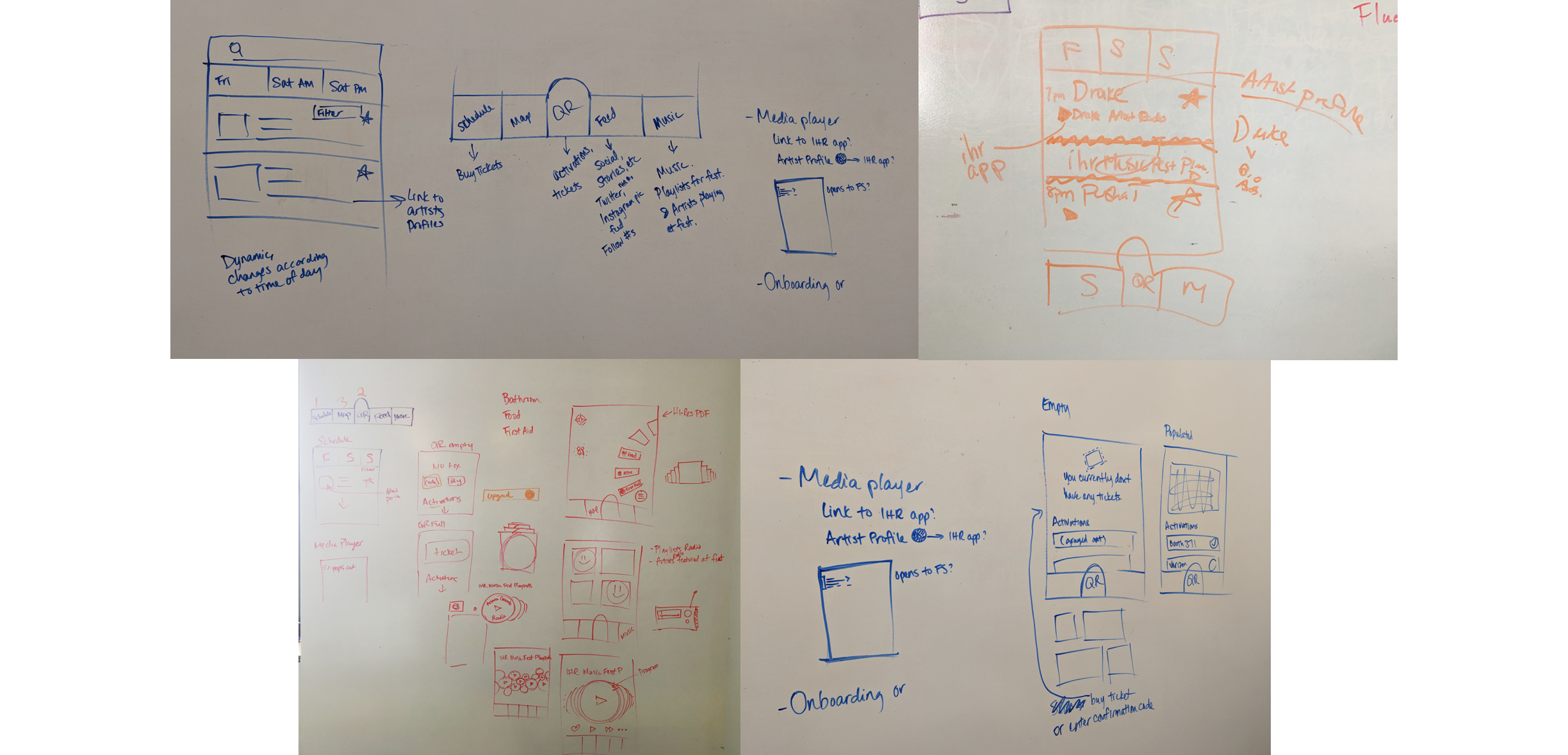
Figure 2. Our messy whiteboarding work. :)
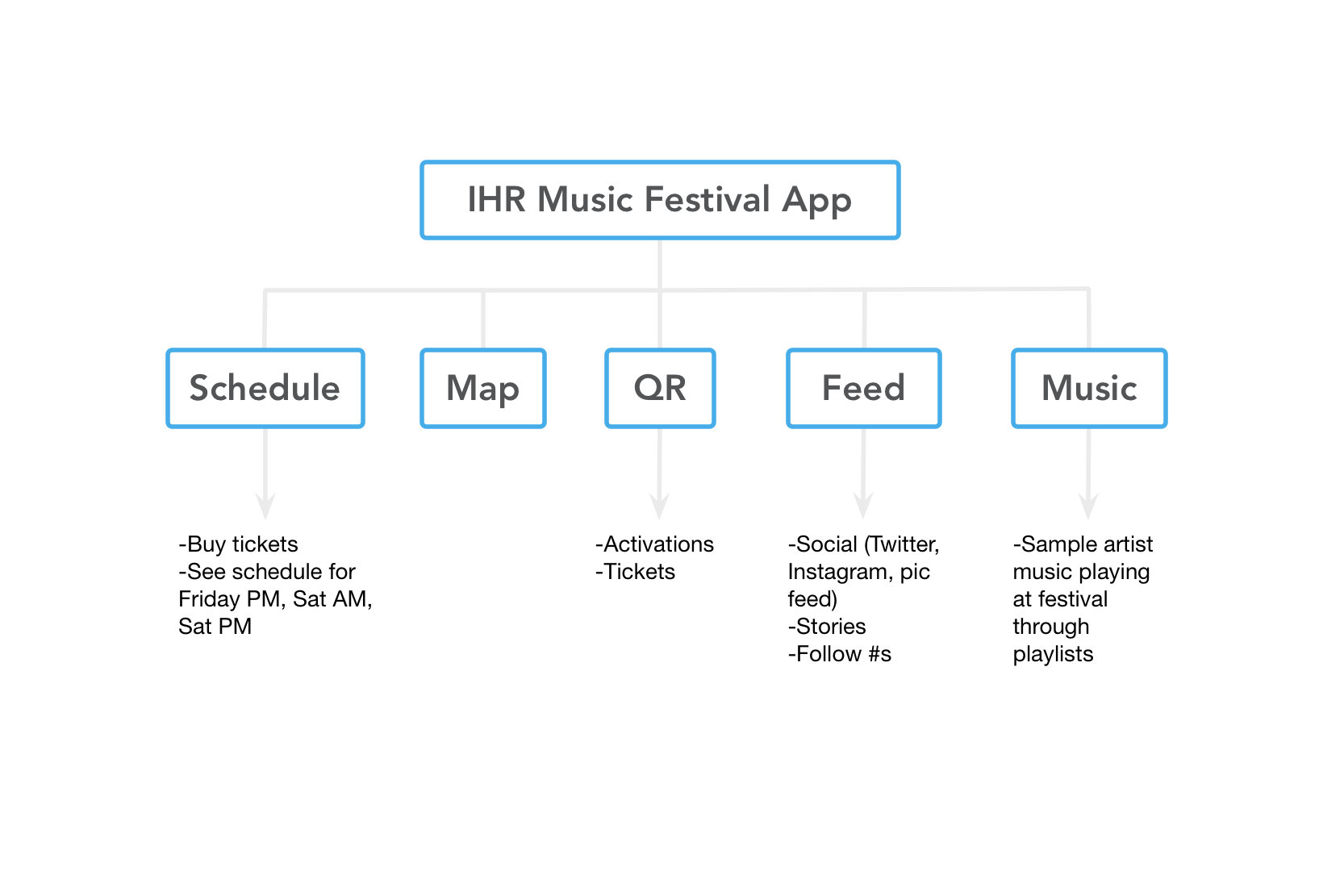
Figure 3. Keeping the structure simple.
Design explorations
While we learned through the interviews that some felt the app should be only focused on the experience during the event itself, we wanted to challenge that idea. We saw an opportunity to create more value in bringing this mobile app earlier into the user journey experience. For example, we added functionality for buying tickets to each concert within the app so that users can easily make the purchase from one central location on a mobile device, rather than through multiple websites that may not be mobile friendly. This may also address some of the ambiguities around the current structure of the entire event, and how to make sure not to miss out on a favorite artist performing. Also, by allowing users to familiarize themselves with the app early into the user journey, and being clear with the information up front, it gives a peace of mind - knowing what to expect and how to prepare for the event, months or weeks ahead of time. For instance, what’s the best way to commute between the two events? By bus? By rental car? By taxi? Perhaps the user would prefer to rent a car, and book early to be safe, so they can explore Las Vegas more freely. Where would the user park, if they were to rent a car? These are just a few questions a user might have before traveling to a concert.
Here are explorations and ideas for some of the screens and distributed materials.
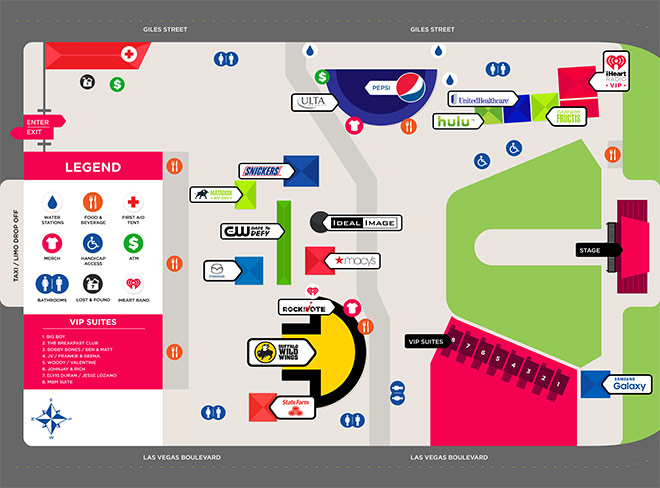
Figure 4. (Before) The original map of the Daytime Stage from 2015. This is the latest copy we could obtain for reference.
Figure 5. (After) Daytime Stage Map, redesigned, using Sketch.
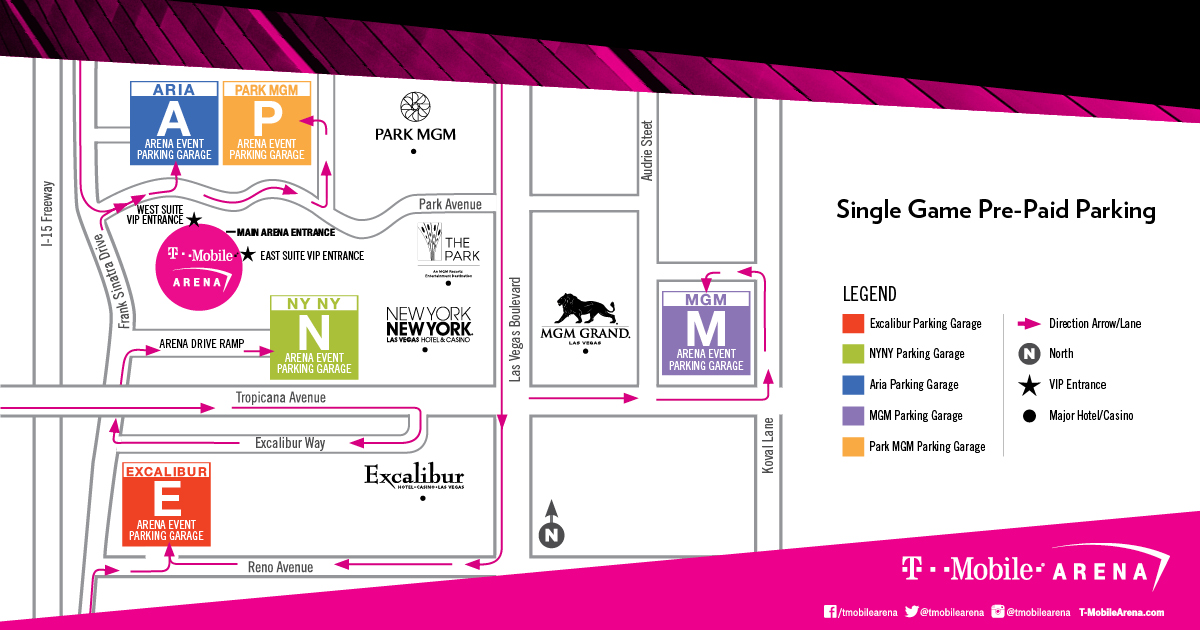
Figure 6. (Before) Current map of the T-Mobile Arena, where the iHeartRadio Music Festival takes place.
Figure 7. (After) iHeartRadio Music Festival Map, redesigned, using Sketch.

Figure 8. Ideas for spreading awareness of the brand.
Results
After our team presented the iHeartRadio Music App to the company, we were selected for the Best Design Award. Stakeholders also saw our work, and were very pleased with the results.
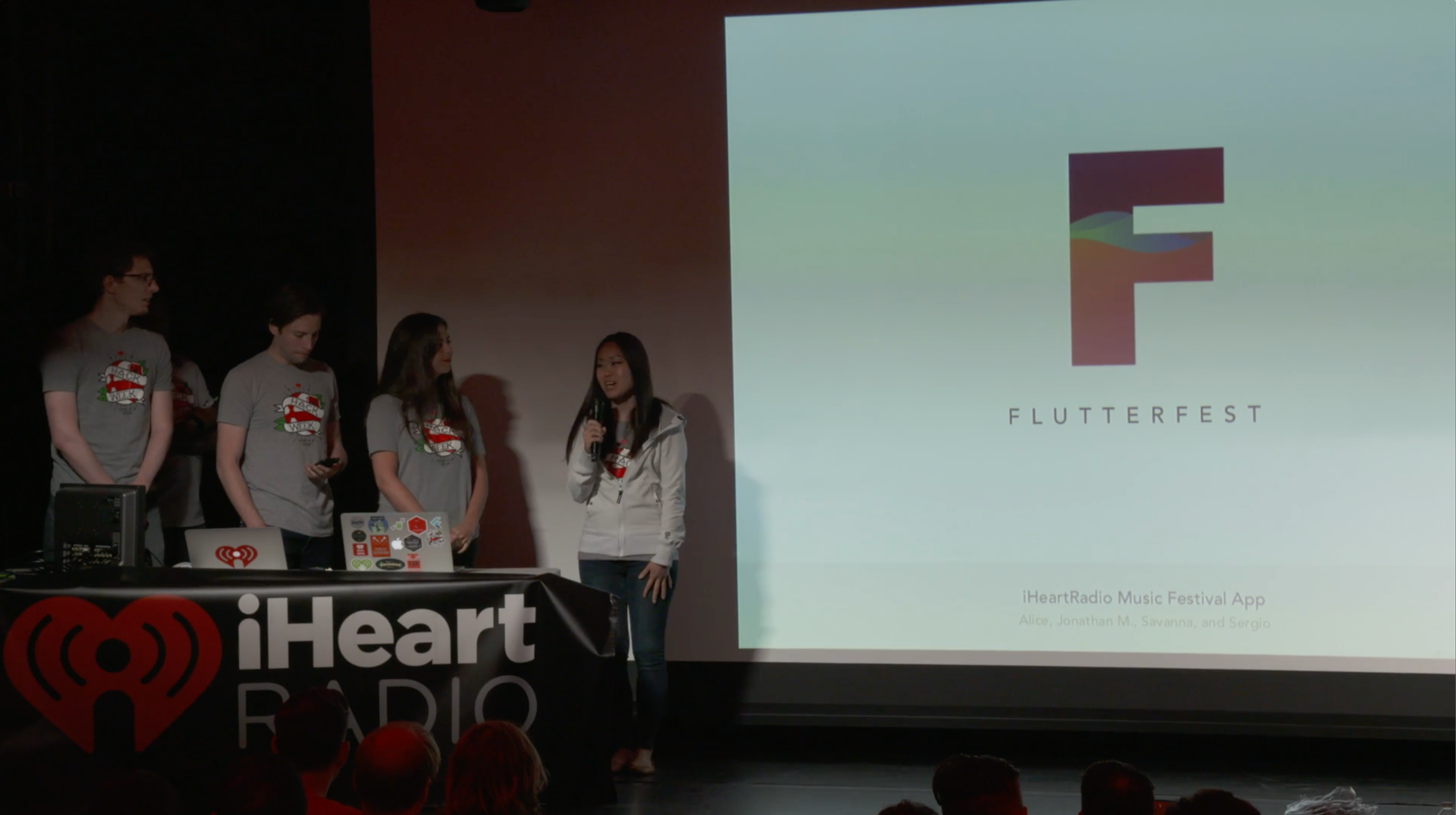
Figure 9. At the end of the Hack Week competition, we presented our work and demonstrated the product to the company.





